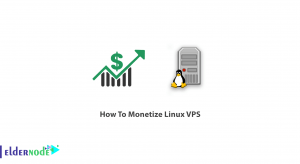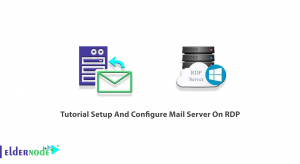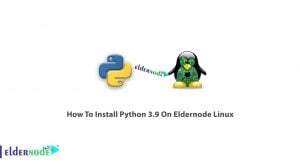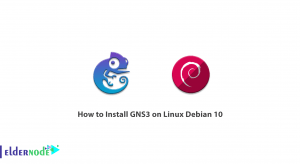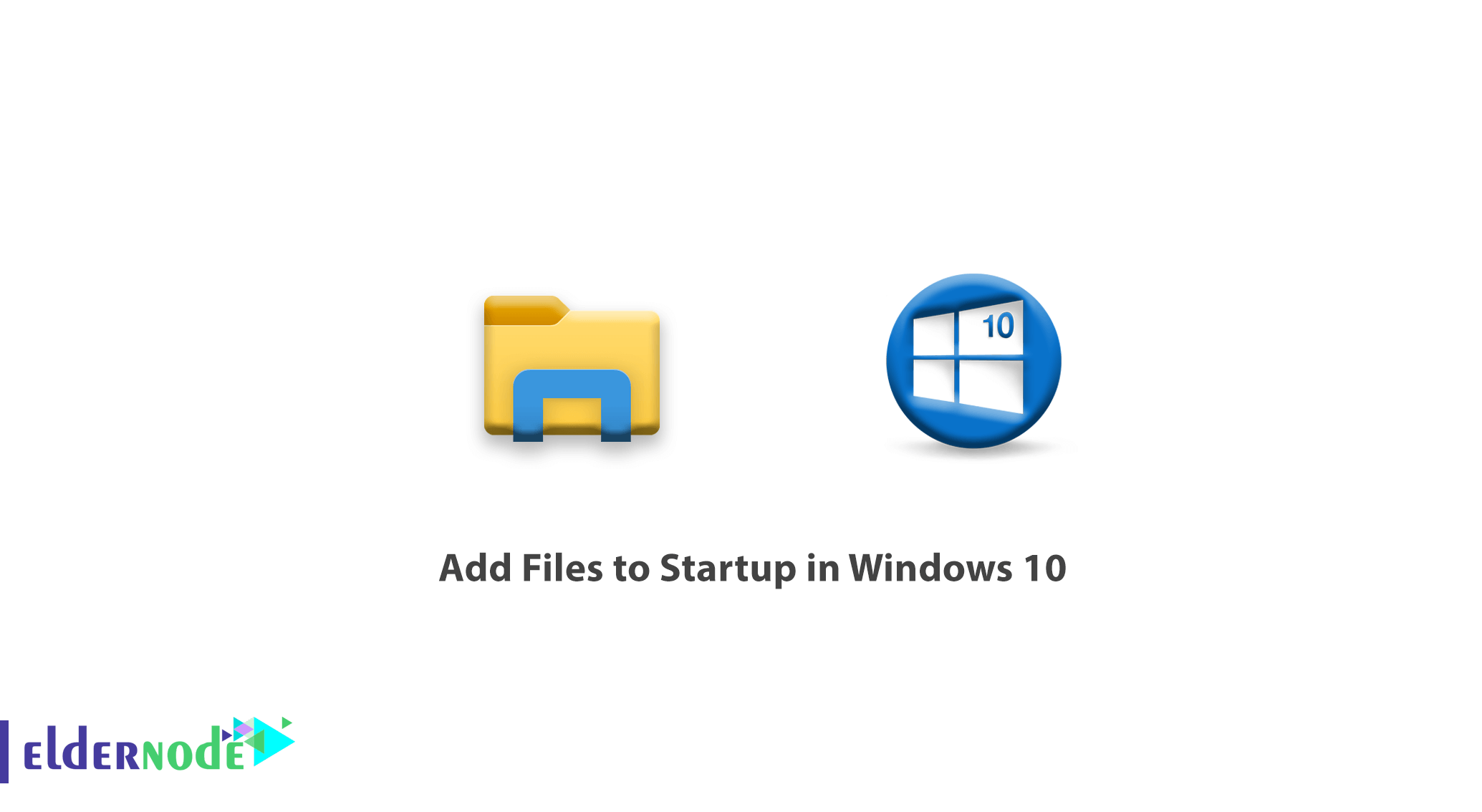
How to add files to startup in Windows 10. After installing some programs in Windows by default, they are placed in Windows Startup and when Windows runs, that program runs automatically. For this purpose, we are going to teach you how to add files to startup in order to put your desired programs in Windows boot.
You may also be wondering what are the benefits of adding a file or folder to a Windows startup. For example, you have a program that you need to open and run after restarting Windows for various reasons and accidentally without your intervention. Or you need to run a script every time you restart Windows.
Windows Virtual Private Server
Learn how to add files to Startup in Windows 10
You can add files and folders to Startup in two different ways:
1- Copy the program Shortcut in the Startup folder
2- Create a shortcut of a program in the Startup folder
The following explains each of these methods:
First Method) Copy the program Shortcut in the Startup folder
1. First, right-click on the shortcut of your program and copy it.
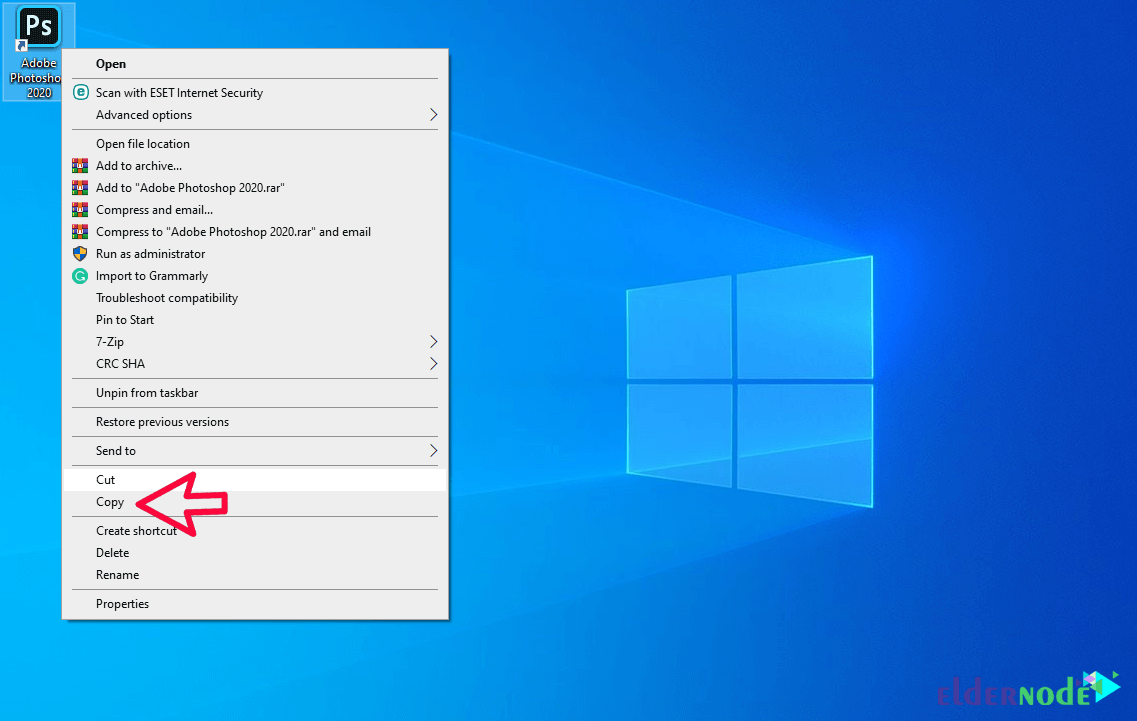
2. Then open the Run window and enter the phrase shell:startup in it and click OK.
You can use the Winkey + R key combination to open the Run window.
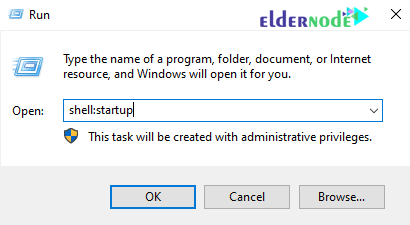
3. In the opened folder, paste the shortcut of the desired program.
After completing these steps, the program will run after each boot of Windows.
In this tutorial, we put the Photoshop program in the Windows startup.
Second method) Create a Shortcut of a program in the Startup folder
1. First, open the Run window and enter the phrase shell:startup. (Like the second step of the first method)
2. Right-click in an empty environment and select the Shortcut option as shown.
3. In the window that opens, click on Browse.
4. Go to the desired program folder and select it.
5. In this step, choose a name for your shortcut.
6. After clicking on Finish, your program Shortcut will be created.
Keep in mind that all programs or folders in this folder will open and start when Windows is booted.
Note: If you want to remove the program from Startup, go to the startup folder and delete the Shortcut.
Goodluck.
